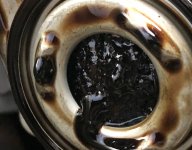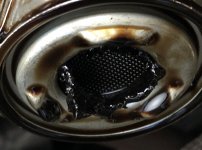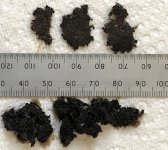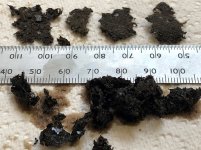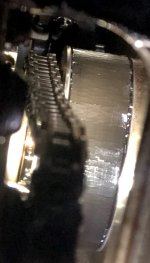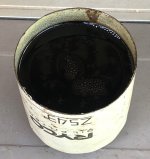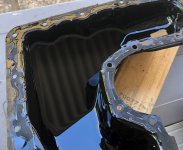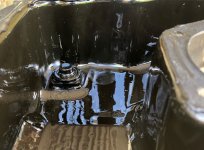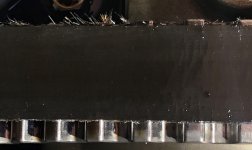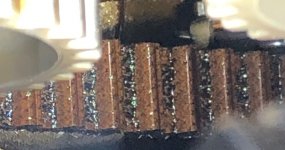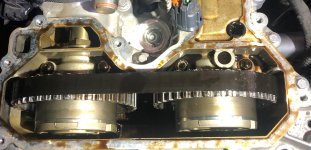Hi Shane.That's is sounding hopeful. Is there signs of silicon around the motor anywhere? ie: has anyone had it apart in the past and "over siliconed" it on assembly (that stuff finds its way to the pump pickup as well).
I haven't inspected the lower sump to upper sump join closely, but I don't believe that the sump has been removed previously as it all looks original.
Re the oil pressure, it's partially the reason I have been finalising which OBD2 scanner I purchase, so that I can see live data. But without a known accurate pressure gauge plumbed into circuit, to compare the live data stream to, there is not much point. I also don't know the pressure that the P15A1- low oil pressure fault code is triggered at.
The pragmatic next action now is to remove the lower sump to gain visual access to the cam drive belt and oil pump pickup strainer. I will purchase some sealer, so that I can put the sump back on again to keep the vehicle mobile for Mrs Whippet as she won't drive my vehicle, then schedule a half day to remove, inspect and replace it.
Cheers.

